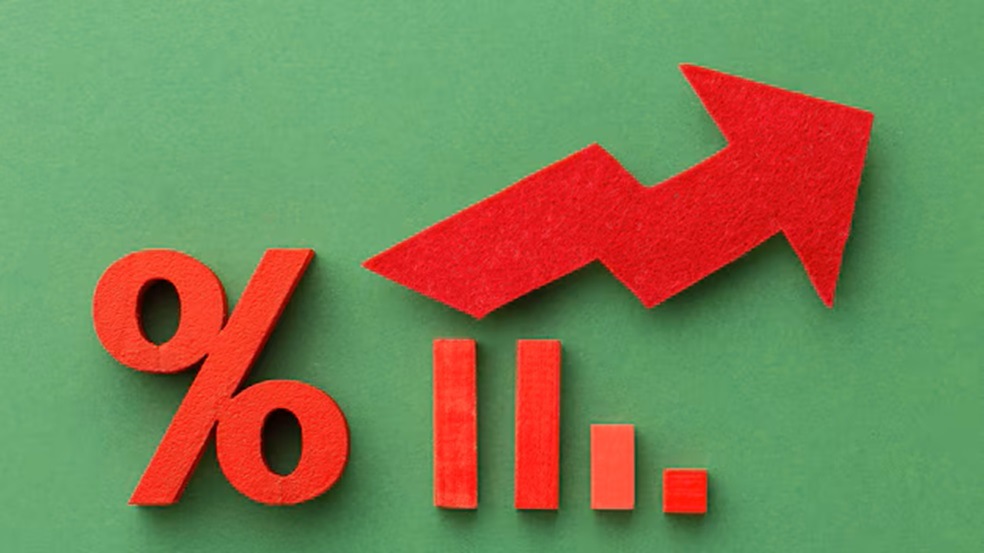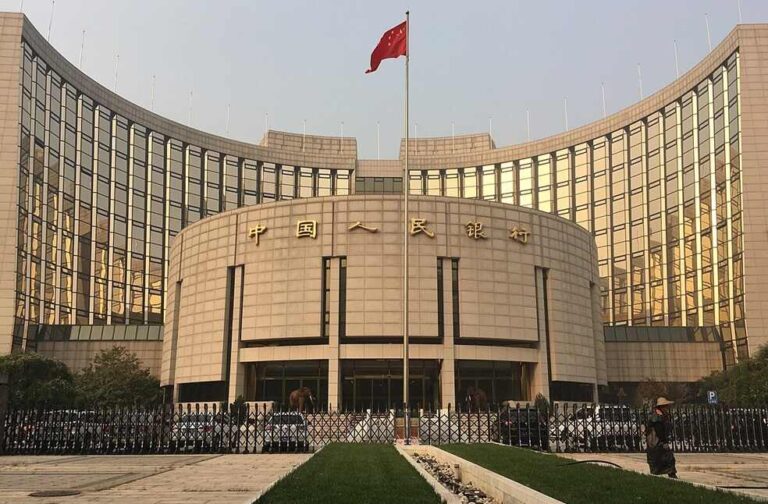Shanghai: China has lowered a key short-term policy rate and its benchmark lending rates, aiming to stimulate growth in the world’s second-largest economy.
The rate cuts follow weaker-than-expected second-quarter economic data and a recent plenum meeting of top Chinese leaders. Facing the risk of deflation, a prolonged property crisis, surging debt, and weak consumer and business sentiment, China is taking decisive action to bolster its economy amid rising global trade tensions.
The People’s Bank of China (PBOC) announced a reduction in the seven-day reverse repo rate from 1.8 percent to 1.7 percent, alongside improvements in the mechanism of open market operations. The benchmark lending rates were also cut by the same margin. The one-year loan prime rate (LPR) dropped from 3.45 percent to 3.35 percent, while the five-year LPR was reduced from 3.95 percent to 3.85 percent.

Larry Hu, Chief China Economist has remarked that the unexpected rate cut was likely a response to the sharp slowdown in second-quarter growth and the government’s goal of achieving this year’s growth target.
The PBOC also lowered collateral requirements for its medium-term lending facility loans, allowing banks to hold fewer long-term bonds, thereby aiding the central bank’s goal of stabilising longer-term yields. The PBOC also adjusted its lending programme so that collateral requirements for its medium-term lending facility loans will be lowered from July onwards.
Following the rate cuts, the yuan fell to a near two-week low of 7.2750 per dollar. Chinese sovereign bond yields dropped, with 10-year and 30-year yields stabilising at 2.24 percent and 2.45 percent, respectively.
The statement by PBOC emphasised that the rate cuts aim to “strengthen counter-cyclical adjustments to better support the real economy.”



